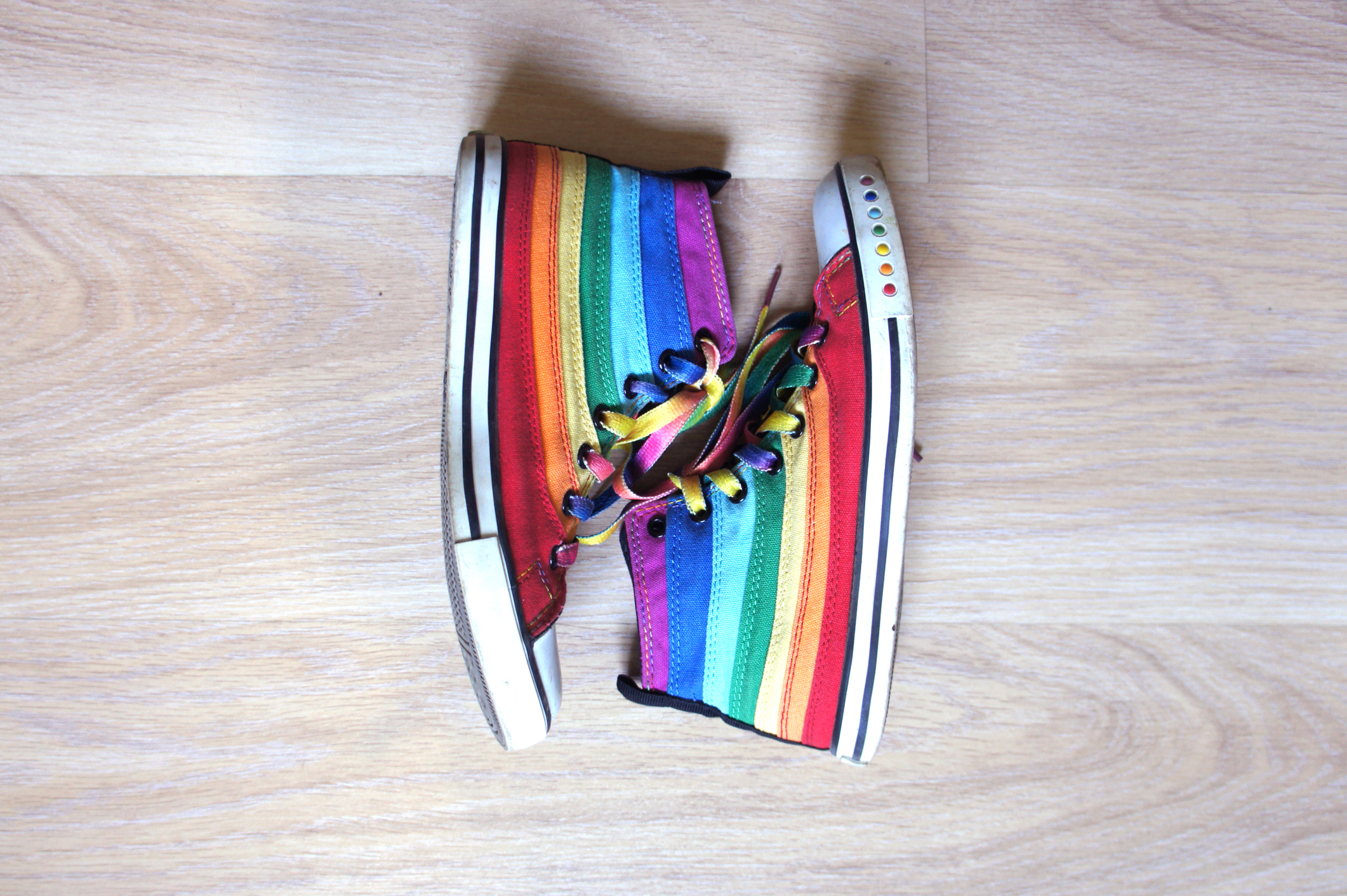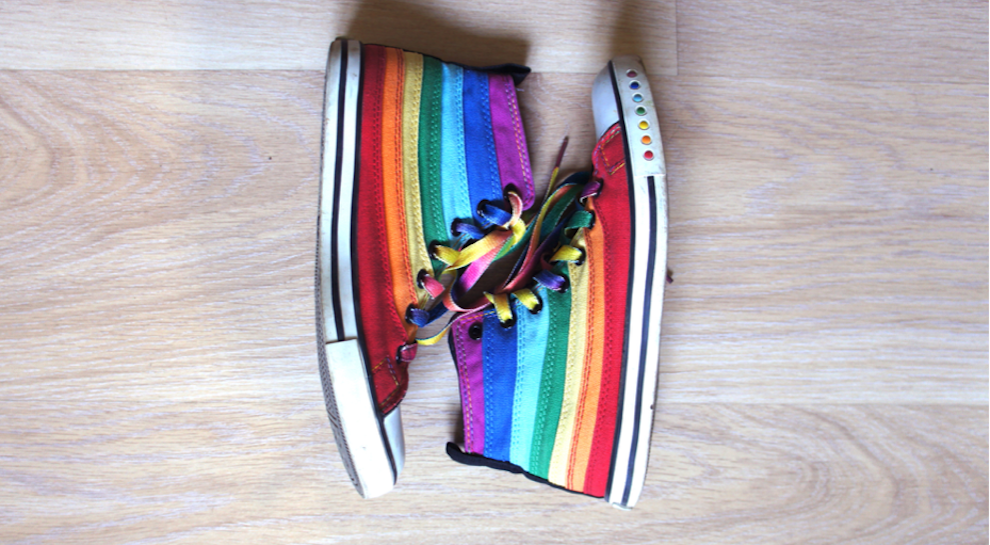Editor’s note: Adriana Waterson is SVP of insights and strategy at Horowitz Research, New Rochelle, N.Y.
June is all about Pride but savvy Gen Z and LGBTQIA+ consumers are looking for more than a rainbow logo as an indication of whether a brand is truly an LGBTQIA+ ally. A recent study from Horowitz among 13-24-year-olds in the U.S. suggests that it will be critical for corporate America to be present for LGBTQIA+ communities year-round to make meaningful connections, not just with the LGBTQIA+ audience but with Gen Z as a whole.
 Getting corporate America on board to invest marketing dollars in LGBTQIA+ efforts has historically been challenging, given the perception that the market is small and niche. This is changing dramatically, and quickly. The Horowitz study, fielded in the end of 2020, found that over one in four (28%) Gen Zers in the U.S. (13-24 years old) self-identify as LGBTQIA+, more than any generation before. In contrast, Gallup’s 2020 poll of U.S. adults found that 5.6% identified as LGBTQ. Moreover, 3% of Gen Zers specifically identify as non-binary and one in four (23%) say when discussing gender, they prefer to be asked their pronouns (she/her, he/him, they/them) instead of having their gender assumed.
Getting corporate America on board to invest marketing dollars in LGBTQIA+ efforts has historically been challenging, given the perception that the market is small and niche. This is changing dramatically, and quickly. The Horowitz study, fielded in the end of 2020, found that over one in four (28%) Gen Zers in the U.S. (13-24 years old) self-identify as LGBTQIA+, more than any generation before. In contrast, Gallup’s 2020 poll of U.S. adults found that 5.6% identified as LGBTQ. Moreover, 3% of Gen Zers specifically identify as non-binary and one in four (23%) say when discussing gender, they prefer to be asked their pronouns (she/her, he/him, they/them) instead of having their gender assumed.
Gen Z: LGBTQIA+ and the next generation
As the growing length of letters in the LGBTQIA+ acronym suggests, the size, complexity and cultural influence of the market is growing, as is the number of people – especially Gen Zers – who consider themselves LGBTQIA+ allies and who share similar cultural, political, social and religious perspectives. In the Horowitz study, a full 54% of Gen Zers agreed with the statement, “There is nothing wrong with homosexuality,” while a mere 18% disagreed. The remaining 28% of Gen Zers have not yet formed an opinion. Moreover, over one in three (37%) Gen Zers agree with the statement, “Gender is something that can exist on a spectrum,” underscoring how quickly the next generation is progressing away from notions of gender as binary.
This clearly has implications for marketers, who must shift away from thinking of LGBTQIA+ as a once-a-year marketing opportunity to festoon their logos with rainbows and proclaim their support, and toward the year-long inclusion of meaningful LGBTQIA+-friendly messaging and creative to connect with this large and elusive Gen Z audience comprised of LGBTQIA+ young people and their allies. It has implications for market researchers, who must ensure that market research efforts do not systemically exclude, underrepresent or fail to capture the nuances of Gen Z in all its diversity, whether related to sexual orientation, gender identity and/or race/ethnicity. This includes methodological and sampling considerations as well as cultural sensitivities that must be considered in the research instruments used and the lens through which results are analyzed and reported. And, it has implications for those who work in marcom, PR, DEI and corporate social responsibility jobs. Unlike in the past, when consumers were shrouded from any potential discrepancies between a corporation’s marketing and messaging and its political and social actions, Gen Zers today benefit from full transparency into this kind of corporate hypocrisy, thanks to technology and social media.
In essence, marketers, market researchers and marcom/PR/DEI/social responsibility executives themselves must become allies for LGBTQIA+ communities within their organizations. Of course, this is not always easy. Selling the idea of showing up for Pride month is one thing but selling the idea of alignment with LGBTQIA+-friendly political and social action is another. While Gen Zers are leading the way in terms of acceptance and inclusion of LGBTQIA+ and are embracing more fluid notions of sexual orientation and gender identity, it is not necessarily true that those sitting in the C-suite are on board with these cultural shifts and their political, social and religious implications.
As this recent article points out, major brands such as Walmart, Amazon and McDonalds, who are currently celebrating Pride month this June, have given hundreds of thousands of dollars to politicians who voted against the Equality Act which would expand LGBTQIA+ protections. Given that two in three (67%) Gen Zers say they follow news about what is going on with LGBTQIA+ rights, brands choosing this path risk coming off as performative and disingenuous in a year following what the Human Rights Campaign called the “Deadliest Year on Record… (for) Violence Against Transgender and Gender Non-Conforming People.”
Disconnects such as this between marketing-speak and political and social action will resonate negatively among today’s Gen Z consumers, who hold companies to high ethical and moral standards. In fact, the Horowitz study found that only 18% of Gen Zers feel that companies should not take a stand on socio-political issues, while 34% of Gen Zers feel they should (about half of 13-24-year-olds have yet to form an opinion on this). In other words, it matters to Gen Z that their values be aligned with those of the companies they do business with. And Gen Z Americans largely skew toward more progressive social and political views. They are:
- Almost four times more likely to feel that we have a lot of work to do on civil rights for people of color in the U.S. than to feel that the civil rights issues in this country have been resolved.
- More than three times more likely to want to make climate change a priority over not prioritizing it.
- Two times more likely to believe that white nationalism is a major problem in the U.S. over not believing so.
- Almost two times more likely to support abortion rights than to not.
More than just Pride
Connecting with Gen Z is about much more than showing up for Pride. It is about earning the permission to engage with these young, diverse audiences through meaningful and sustainable commitments to equality, social justice, women’s rights, LGBTQIA+ rights and the environment – among other concerns – that deeply impact the real lives and real freedoms of today’s young people.
The study was conducted online in November and December 2020 among 800 13-24-year-olds, with oversamples of Hispanic, Black and Asian 13-24-year-olds. The report includes analysis of total 13-24-year-olds by age, gender and ethnicity/race.
